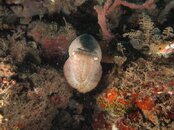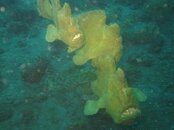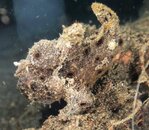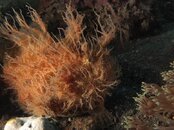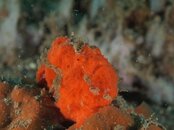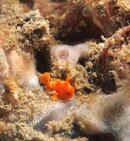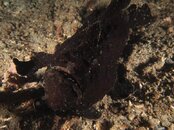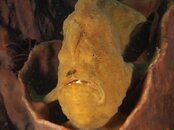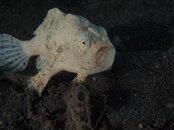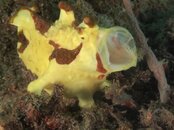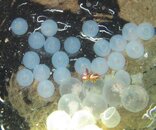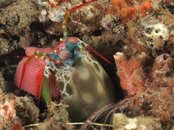The Diving
Our limited experience in muck-diving, our interest in critter hunting and macro photography and the weird and the wacky--all this led me to believe that we would LOVE the diving at Lembeh. And we did.
However, when you jump off the boat at one of the classic muck dive, i.e. Hairball, what greets you is desolate and bleak. (Assuming you can see anything.) Seriously, it looks like a nuclear wasteland--and the weird critters you find are products of the nuclear holocaust. Black sand, seemingly devoid of life, some trash (although not as much as I had thought there would be) and an occasional clump of coral fighting for its life. Yeah, it is kind of grim. But amazing that there would be so much life--diversity of life--on such a bleak landscape. There are creatures who can adapt to any environment and learn to thrive. Yeah, Darwin!

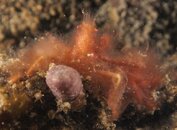
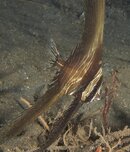
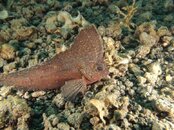
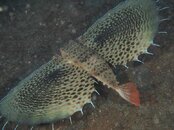
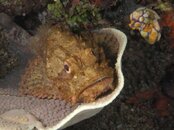
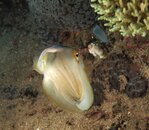
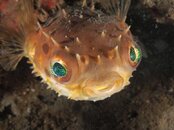
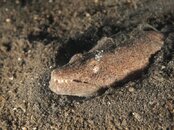
Most dive sites, however, were not the classic all-muck. It seemed like the typical dive site would be described thusly: Descend to 70-80' (the deepest I ever went was 103') through black sand, then some rubble, and end in the shallows with a nice amount of coral. I know people don't come to Lembeh to see pretty fish on pretty coral--there are better places in Indonesia for that--but it was nice to see the wrasses, the triggers, and the stunningly gorgeous Bangaii cardinalfish after a dive of black sand and rubble. It felt like a frothy dessert after a big and heavy meal.
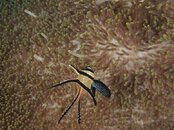
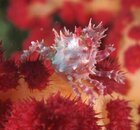
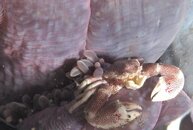
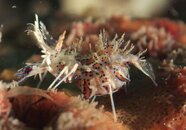
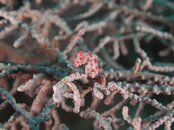
Our limited experience in muck-diving, our interest in critter hunting and macro photography and the weird and the wacky--all this led me to believe that we would LOVE the diving at Lembeh. And we did.
However, when you jump off the boat at one of the classic muck dive, i.e. Hairball, what greets you is desolate and bleak. (Assuming you can see anything.) Seriously, it looks like a nuclear wasteland--and the weird critters you find are products of the nuclear holocaust. Black sand, seemingly devoid of life, some trash (although not as much as I had thought there would be) and an occasional clump of coral fighting for its life. Yeah, it is kind of grim. But amazing that there would be so much life--diversity of life--on such a bleak landscape. There are creatures who can adapt to any environment and learn to thrive. Yeah, Darwin!









Most dive sites, however, were not the classic all-muck. It seemed like the typical dive site would be described thusly: Descend to 70-80' (the deepest I ever went was 103') through black sand, then some rubble, and end in the shallows with a nice amount of coral. I know people don't come to Lembeh to see pretty fish on pretty coral--there are better places in Indonesia for that--but it was nice to see the wrasses, the triggers, and the stunningly gorgeous Bangaii cardinalfish after a dive of black sand and rubble. It felt like a frothy dessert after a big and heavy meal.








